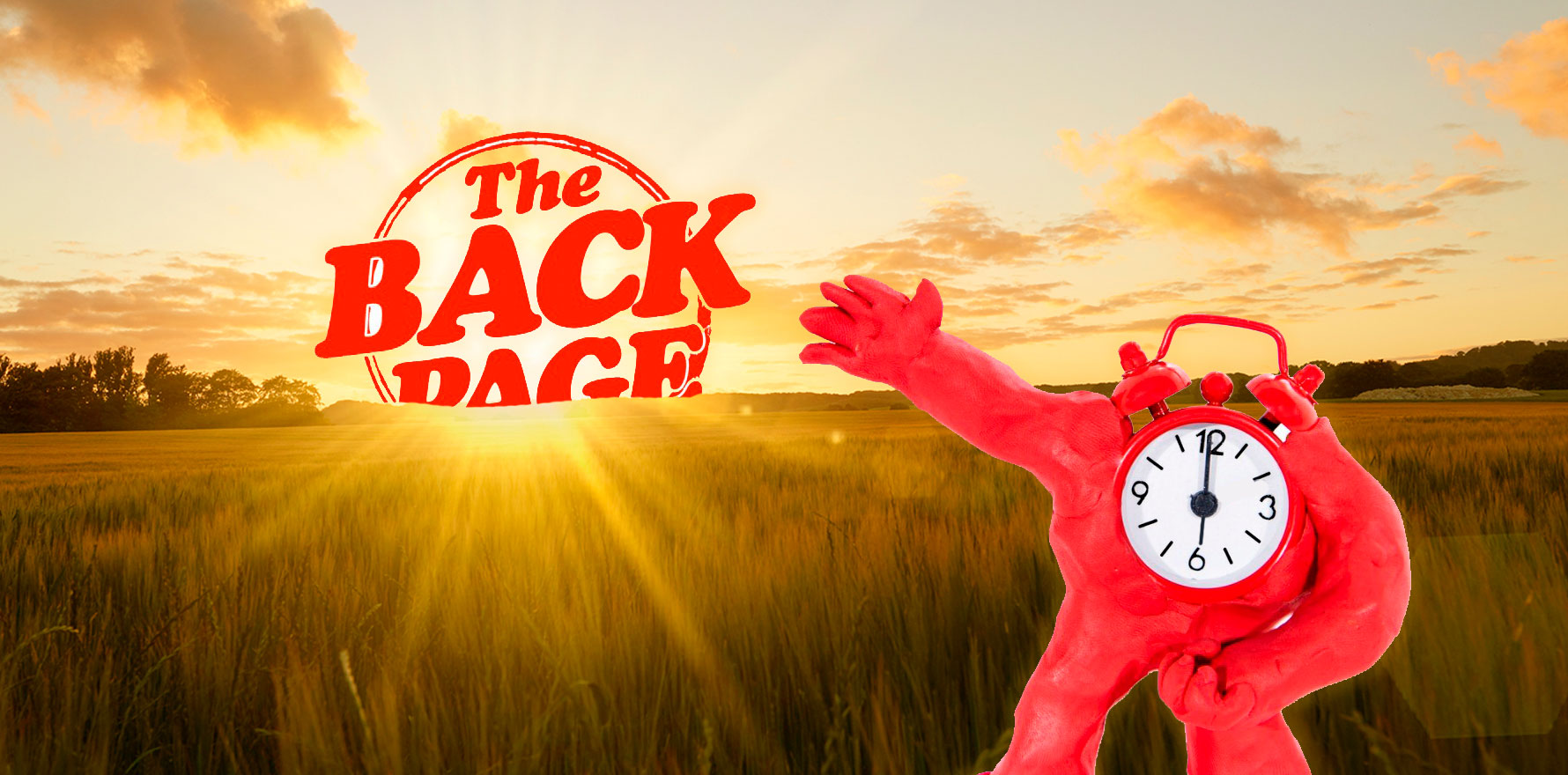Flinders University has done the hard yards in working out how to minimise the disruptions of daylight savings.
As a proud Queenslander transplanted to New South Wales, I’ve copped my fair share of ribbing related to my subtropical origins.
Oh, reader, how they laughed and gawped at my pronunciation of “Vaucluse”.
How they giggled and snickered as I shivered through my first Sydney winter.
But the most ruinous experience so far has been adjusting to daylight savings every October.
From pharmacy trials to physician associates, I am willing to admit that perhaps Queensland does not come out on top of the policy game every single time.
But the one thing they’ve got right is no daylight-bloody-savings.
With the dreaded one-hour jump into the future – or is it the past? I’ve really never gotten the hang of it – coming up this weekend, all I can say is: thank god for the Flinders University sleep team.
As part of what they claim to be “one of the most comprehensive investigations” into the suggestion that daylight savings is damaging to health, they’ve come up with seven tips to ease the adjustment.
These include starting each day with sunlight in the lead up to and straight after the transition, limiting afternoon caffeine and planning to take some little daytime naps in the days immediately following.
“For those who struggle with the change onto daylight saving, the best and simplest way to avoid any disruptive effects on the weekend of the transition is to maintain the same sleep/wake schedule that you would for your work week,” Flinders University sleep health researcher Reece Kemp said.
“In other words, on the Friday and Saturday, try to avoid staying up too late and/or sleeping in too late.”
More importantly, the research team also found that contrary to popular (Queensland) belief, there are no long-term health effects associated with daylight savings time.
The study itself looked at data from two nationwide sleep health questionnaires, which were timed around the middle and end of the daylight savings time period.
Sleep patterns from respondents in non-daylight savings jurisdictions were compared against their interstate peers.
While people in the daylight savings states tended to go to bed and wake up later than those on standard time, there was no significant difference in overall sleep duration, sleep health or daytime functioning by the middle of the daylight savings period.
“Our research suggests that even if the initial transition into [daylight savings time] may present challenges, any negative effects appear to subside within one to three months at the most,” said Mr Kemp.
“As the viability and impacts of daylight saving become increasingly more topical, this research adds valuable context into the effect of [daylight savings] and invites further enquiry into revealing the exact cost of this summer tradition on public health.”
The Flinders team did not include any bamboozled dairy cows or faded drapes in its research.
Send your confused cows to penny@medicalrepublic.com.au for safe keeping.


